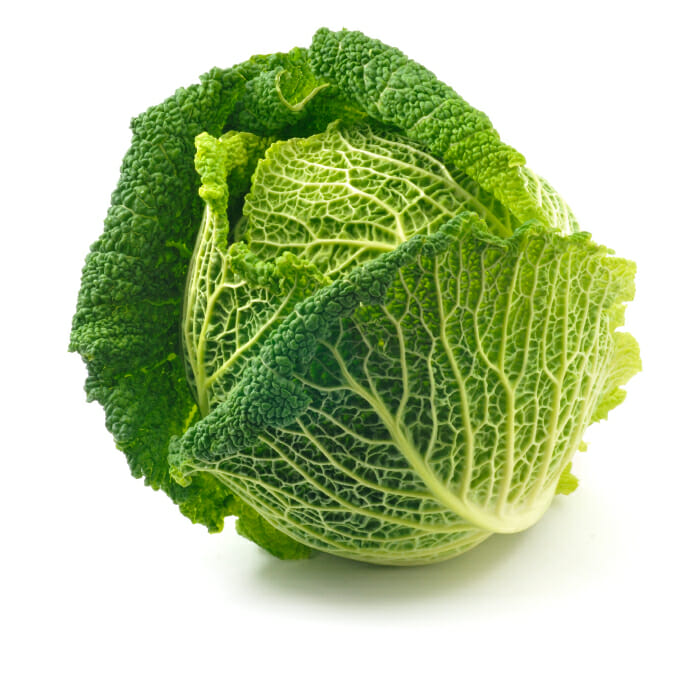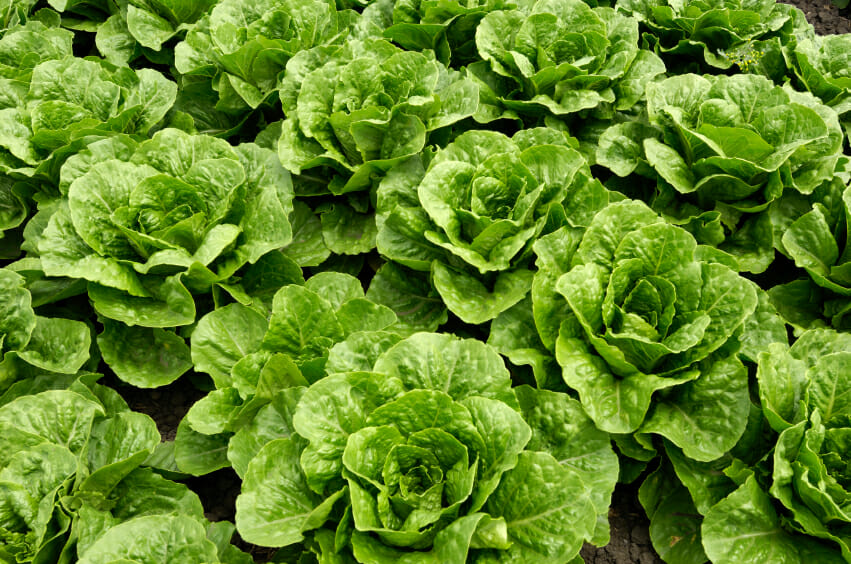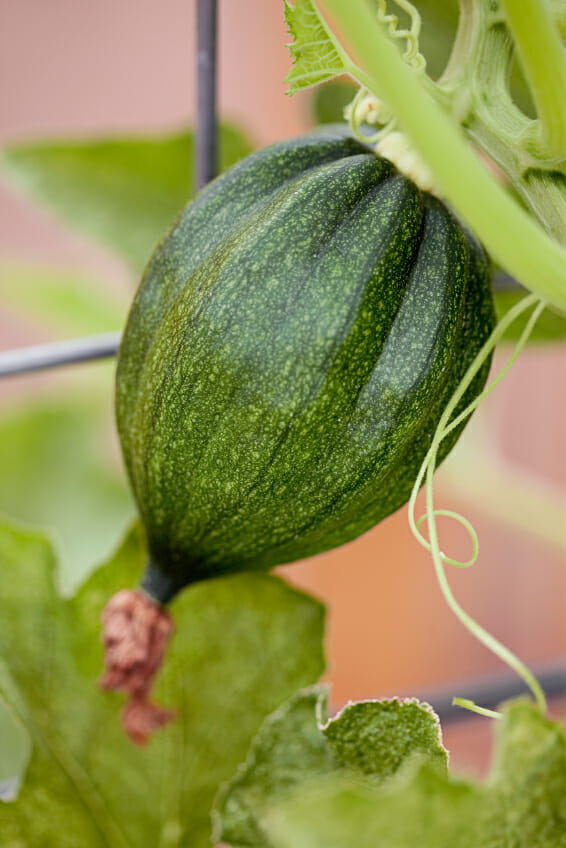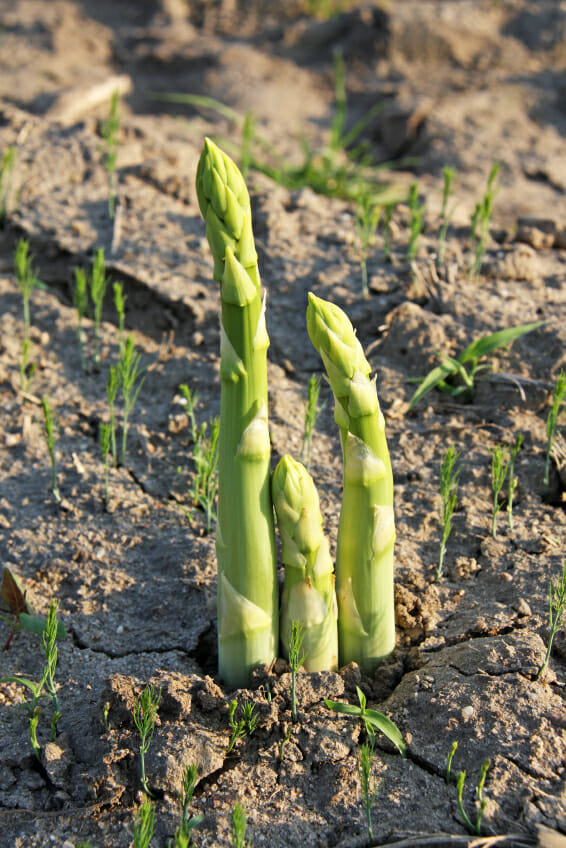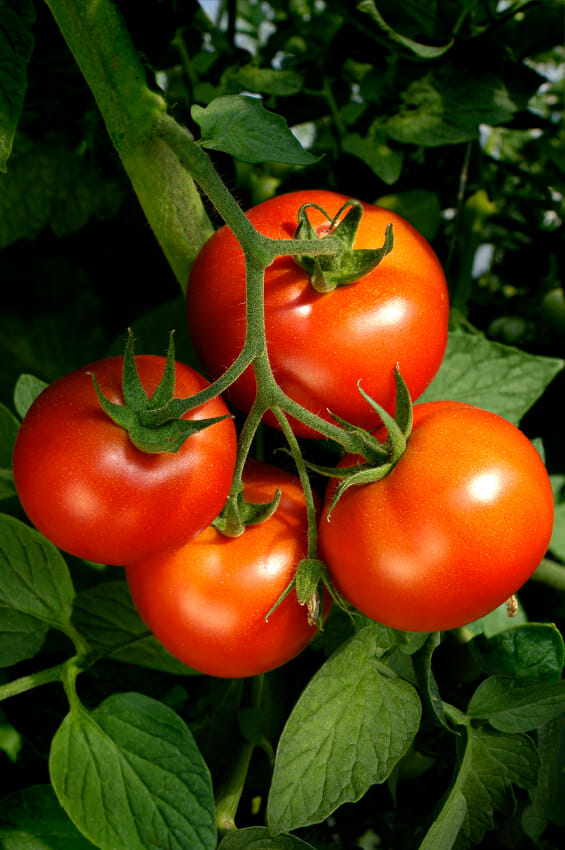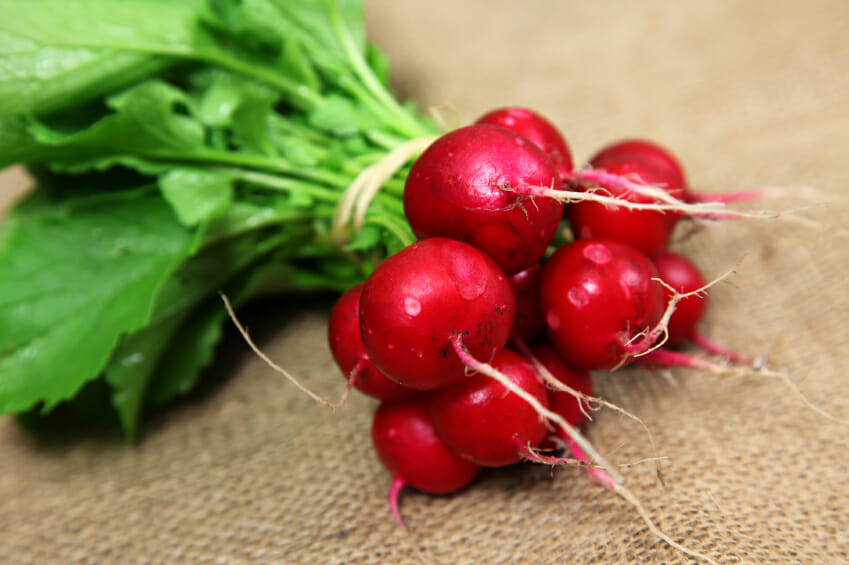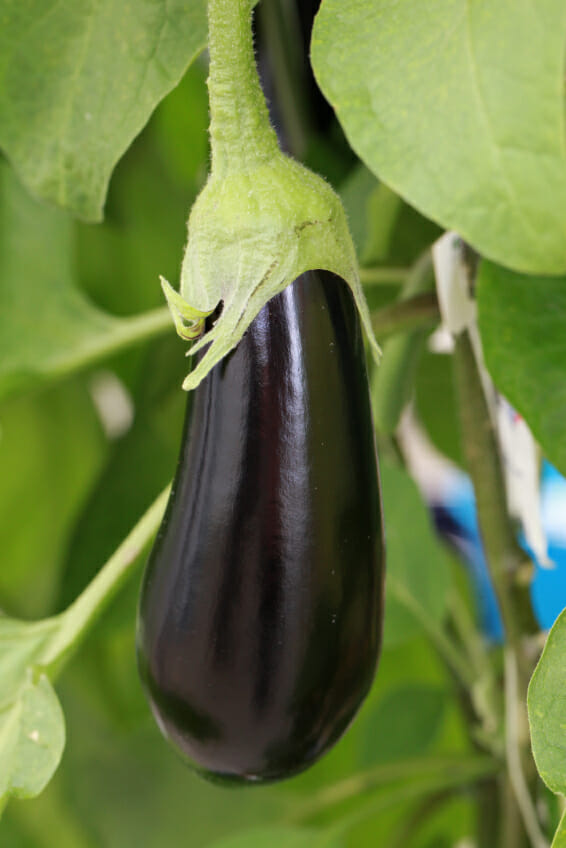Connecticut Vegetable Gardening (Updated 2025): Complete, Image‑Rich Guide for Zones 5–6
Crop-by-crop planting windows, organic care, CT-specific tips, and the best 2025 varieties—plus soil guidance using Compost & Garden Mix.
Follow Us For Our Latest Posts, Tips, & Exclusive Facebook Giveaways
In Connecticut, you can grow nearly every common vegetable with excellent results. This 2025 update compiles
crop‑specific planting windows, organic techniques, pest prevention, and soil recommendations tailored to USDA Zones 5–6.
We’ve preserved your original high‑quality images and added trusted variety recommendations for CT so you can plant
with confidence.
Use the quick calendar below, then dive into each crop for detailed instructions and the best cultivars to try this season.
For consistent performance, build or refresh beds with Compost and Garden Mix (topsoil + compost)
to boost drainage, nutrient availability, and soil biology.
Quick CT Planting Calendar (Zones 5–6)
| Crop | Start Indoors | Direct Sow/Transplant (CT) | Fall Planting Window |
|---|---|---|---|
| Cabbage | Late Feb–Mar | Transplant Apr; again Aug for fall | Start seeds mid–Jul; transplant Aug |
| Lettuce & Leafy Greens | Optional Mar | Direct sow Apr–May; partial shade in summer | Aug–Sep for Oct–Nov harvest |
| Squash (Summer/Winter) | Optional Apr | Late May–June after frost | — |
| Asparagus (Perennial) | — | Plant crowns early spring | — |
| Tomatoes | Late Mar–early Apr | Transplant late May–early Jun | — |
| Root Veg (Carrot/Beet/Radish/Turnip) | — | Direct sow Apr–May | Succession sow Aug–Sep |
| Sweet Corn | — | Direct sow late May–June | — |
| Eggplant | Mid–Mar | Transplant early–mid Jun (warm soil) | — |
Note: “Last frost” for much of CT is mid–May; “first frost” often early–mid Oct. Microclimates vary—watch your local forecast.
Cabbage: Cool-Season Workhorse
- Soil & prep: Deep, fertile soil; blend 1–2″ of compost into the top 8–10″. For new beds, set plants into 8–12″ of Garden Mix.
- Planting: Start indoors 4–6 wks before last frost; transplant April (spring) or August (fall).
- Spacing: 12–18″ (compact) to 24″ (large heads); rows 24–30″.
- Water: Steady moisture; mulch to prevent splitting near maturity.
- Days to harvest: ~60–100+ depending on type.
- Pests/Disease: Cabbage worms/loopers—use row cover early; handpick; BT if needed.
- Best varieties for CT (2025): ‘Stonehead’ (compact, early, resists splitting), ‘Caraflex’ (pointed, sweet), ‘Savoy Ace’ (cold-hardy savoy).
- Pro tip: For dense heads, avoid heavy nitrogen late; time fall crops to mature in cool weather.
Lettuce & Leafy Greens: Tender Spring & Fall Staples
- Soil & prep: Fine, friable soil. Rake 1″ compost into top 3–4″; Garden Mix for new beds.
- Planting: Direct sow or transplant April–May; again Aug–Sep for fall. Succession sow every 2 weeks.
- Spacing: Leaf lettuce 6–8″; heads 10–12″; kale/collards 18–24″.
- Water: Even moisture; shallow roots need frequent, gentle watering.
- Harvest: Baby leaves 25–35 days; heads 45–65 days. Many greens sweeten after light frost.
- Pests/Disease: Slugs—traps & careful mulching; flea beetles on mustards—row cover.
- Best varieties for CT (2025): Lettuce ‘Jericho’ (heat tolerant), ‘Winter Density’ (cool-season star), Kale ‘Winterbor’, Collards ‘Champion’, Spinach ‘Space’.
- Pro tip: Dappled shade in summer prevents bolting; mix looseleaf, romaine, and Asian greens for season‑long salads.
Squash: Summer Abundance, Winter Storage
- Soil & prep: Warm, well‑drained mounds; mix in 2″ compost. Garden Mix boosts new beds.
- Planting: Late May–June after frost. Start indoors 2–3 wks early if desired.
- Spacing: Summer squash 3′; winter squash/pumpkins 4–6′+.
- Water: Deep soak 1–2×/wk; avoid wetting foliage late in day.
- Harvest: Summer squash 45–55 days; winter squash 85–110+ (cure 1–2 weeks).
- Pests: Squash vine borer & squash bugs—row cover early; remove covers at flowering for pollination.
- Best varieties for CT (2025): Zucchini ‘Dunja’ (PM‑resistant), ‘Costata Romanesco’ (flavor); Winter ‘Delicata’, ‘Waltham Butternut’, ‘Honeynut’ (intense sweetness).
- Pro tip: Succession plant summer squash (June & early July) to stay ahead of pests and keep harvests coming.
Asparagus: A Perennial Spring Luxury
- Soil & prep: Deep, weed‑free bed. Incorporate 2–3″ compost 10–12″ deep; Garden Mix for new trenches.
- Planting: Set 1–2‑yr crowns early spring in 6–8″ trenches; gradually backfill.
- Spacing: 12–18″ in row; rows 3–4′.
- Care: No harvest first year; light second; full harvest third. Mulch, weed, and topdress compost each spring.
- Best varieties for CT (2025): ‘Jersey Knight’ (disease‑resistant, cold‑hardy), ‘Millennium’ (excellent yields in New England).
- Pro tip: Plant a second bed the year after the first to stagger full production years.
Tomatoes: CT Classics With a Head Start
- Soil & prep: Rich, warm beds; blend 1–2″ compost. For new beds, 8–12″ Garden Mix. Avoid fresh manure.
- Start/Plant: Start indoors late Mar–early Apr; transplant late May–early Jun after frost.
- Spacing: 24–36″ with sturdy cages/stakes/trellis; prune for airflow.
- Water: 1–2″/wk; consistent moisture prevents cracking and blossom‑end rot.
- Harvest: 60–80+ days; cherries earliest and most dependable.
- Pests/Disease: Hornworms—handpick; blights—mulch to limit splash, remove lower leaves.
- Best varieties for CT (2025): ‘Celebrity’ (reliable slicer), ‘Early Girl’ (early harvest), ‘Sungold’ (top cherry), ‘Mountain Merit’ (blight resistance).
- Pro tip: Plant deeply (bury stem) for stronger roots; side‑dress with compost tea midseason.
Root Vegetables: Productive Spring & Fall Crops
- Soil & prep: Stone‑free, fluffy soil 8–10″ deep. Blend 1″ sifted compost; avoid heavy nitrogen.
- Planting: Direct sow April–May; again Aug–Sep for fall sweetness.
- Spacing (after thinning): Carrots 2″; beets 3–4″; radishes 1–2″; turnips 3–4″.
- Water: Even moisture for uniform roots; keep seedbed damp for carrots to germinate.
- Harvest (typical): Radish 25–35 days; carrots/beets 60–75; turnips ~50–60.
- Best varieties for CT (2025): Carrot ‘Bolero’ (stores well), Carrot ‘Napoli’ (cool-season), Beet ‘Detroit Dark Red’, Beet ‘Touchstone Gold’, Radish ‘French Breakfast’, Turnip ‘Hakurei’.
- Pro tip: Sow a “nurse” row of radish with carrots—radish marks the row and loosens crust; harvest radish as carrots size up.
Sweet Corn: Grow in Blocks for Full Ears
- Soil & prep: Fertile, well‑drained; incorporate 2″ compost. Corn is a heavy feeder.
- Planting: Direct sow late May–June in blocks (not single rows) for wind pollination.
- Spacing: 8–12″ in row; rows 30–36″.
- Water: Do not let soil dry during tassel/silk; deep water 1–2×/wk.
- Harvest: 70–85+ days; pick when silks brown and kernels exude “milk.”
- Best varieties for CT (2025): ‘Temptation’ (early bi‑color SE), ‘Incredible’ (yellow SE), ‘Silver Queen’ (classic late), Mirai series (super‑sweet, crisp).
- Pro tip: Side‑dress with compost or organic fertilizer at knee‑high; fence if raccoons/deer visit.
Eggplant: Heat Lover That Thrives with Warm Soil
- Soil & prep: Warm, rich beds; mix in 1–2″ compost. Dark mulch helps heat.
- Start/Plant: Start indoors mid–Mar; transplant early–mid Jun (nights >50–55°F).
- Spacing: 18–24″; stake or cage to support fruit load.
- Water: Consistent; blossoms drop if drought‑stressed.
- Pests: Flea beetles on young plants—use row cover until vigorous; handpick potato beetles.
- Best varieties for CT (2025): ‘Black Beauty’ (classic), ‘Nadia’ (large, productive), ‘Orient Express’ (early Asian type), ‘Fairy Tale’ (mini, heavy yields).
- Harvest: Pick when glossy; seeds still pale. Frequent picking promotes more fruit.
Season Extension & Protected Culture
- Row cover: Adds 2–4°F; protects seedlings and discourages pests.
- Low tunnels/cold frames: Start greens earlier; harvest later into fall.
- Mulch & windbreaks: Buffer soil temps and reduce plant stress in shoulder seasons.
- Watering tech: Drip irrigation + timers deliver deep, steady moisture and reduce foliar disease.
Soil Building with Compost & Garden Mix
- Vegetable beds (annuals): Blend 1–2″ compost into top 6–8″ each spring; side‑dress midseason if needed.
- New beds & raised beds: Fill with Garden Mix (topsoil + compost). Maintain annually with 1″ compost.
- Heavy feeders (corn, squash, tomatoes): Aim toward higher compost additions and organic mulching.
- Root crops: Use sifted compost; avoid heavy, fresh manures that cause forked roots.
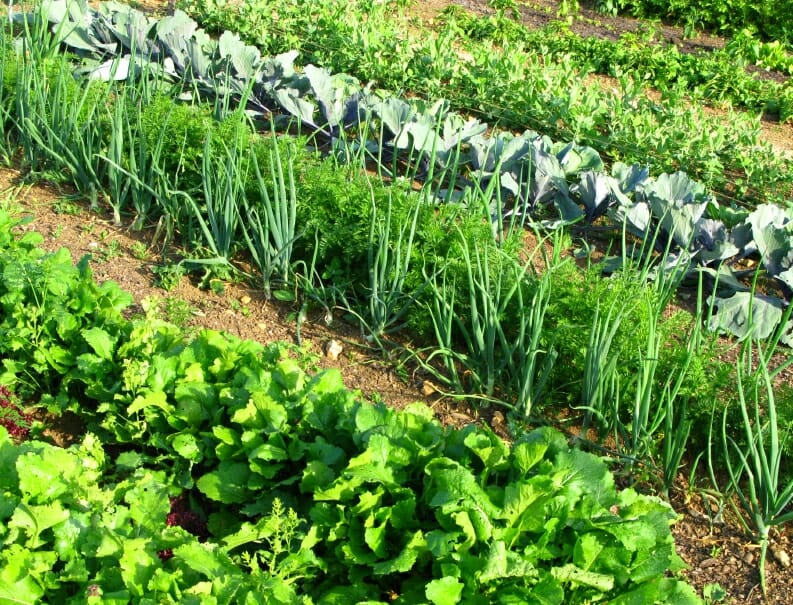
Build Better Beds—Order Soil & Compost
Healthy soil = bigger yields and resilient plants. We deliver across Connecticut.


